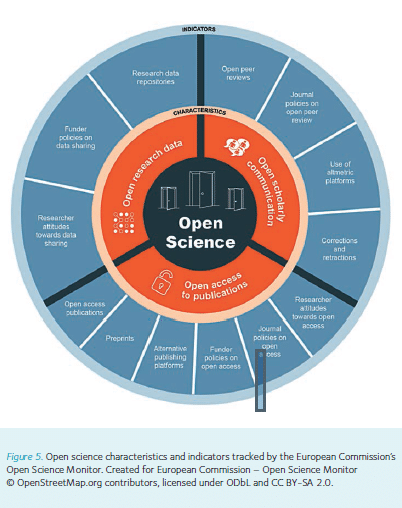By Keith Siew, @keithsiew, University of Cambridge
‘Information is power. But like all power, there are those who want to keep it for themselves. The world’s entire scientific and cultural heritage, published over centuries in books and journals, is increasingly being digitized and locked up by a handful of private corporations.’ Aaron Swartz, in Guerilla Open Access Manifesto, 2008
The world’s first academic science journal, Philosophical Transactions, was published by the Royal Society in 1665. At last count there were some 11,365 science journals spanning over 234 disciplines by 2015, and yet the primary model of scientific publishing remained largely unchanged throughout the centuries.
As a fresh-faced, naïve PhD student, I recall the horror I felt upon learning that my hard work would be at the mercy of a veiled, political peer-review process, that I’d be left with little option but to sign away my rights to publishers, and too often forced to choose between burning a hole in my wallet or forgoing access to a potentially critical paper!


Read more here in Physiology News about some of the more radical elements of the movement, existing open science opportunities and the reasons behind life scientists’ relatively slow adoption of open science. The full article also discusses the ongoing struggle for open access, the growing angst towards closed peer review and fundamental shifts on the horizon in both the ways we communicate (i.e. preprints) and carry out science (i.e. open data and open notebook science).
